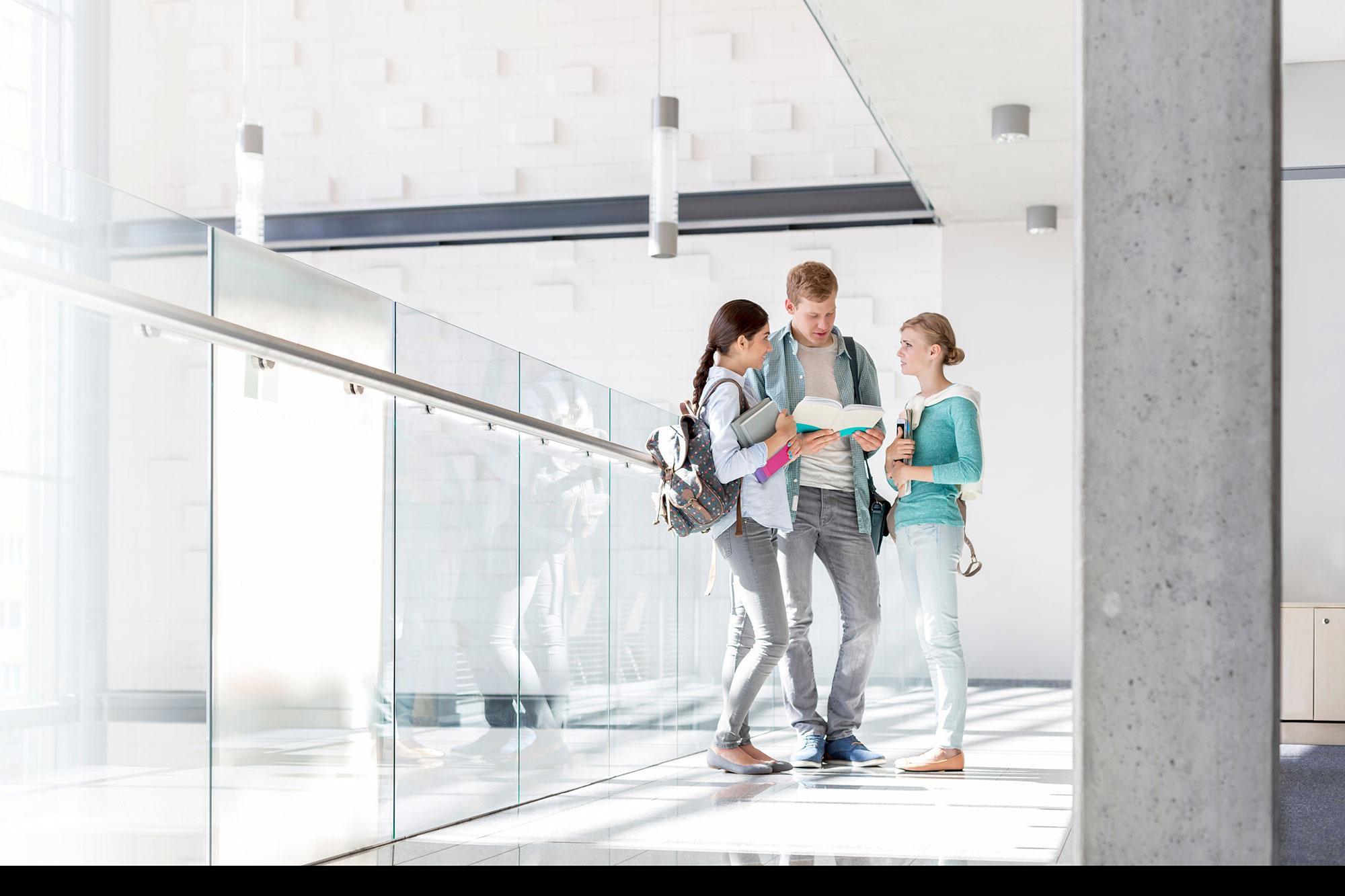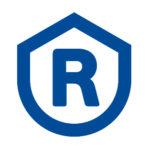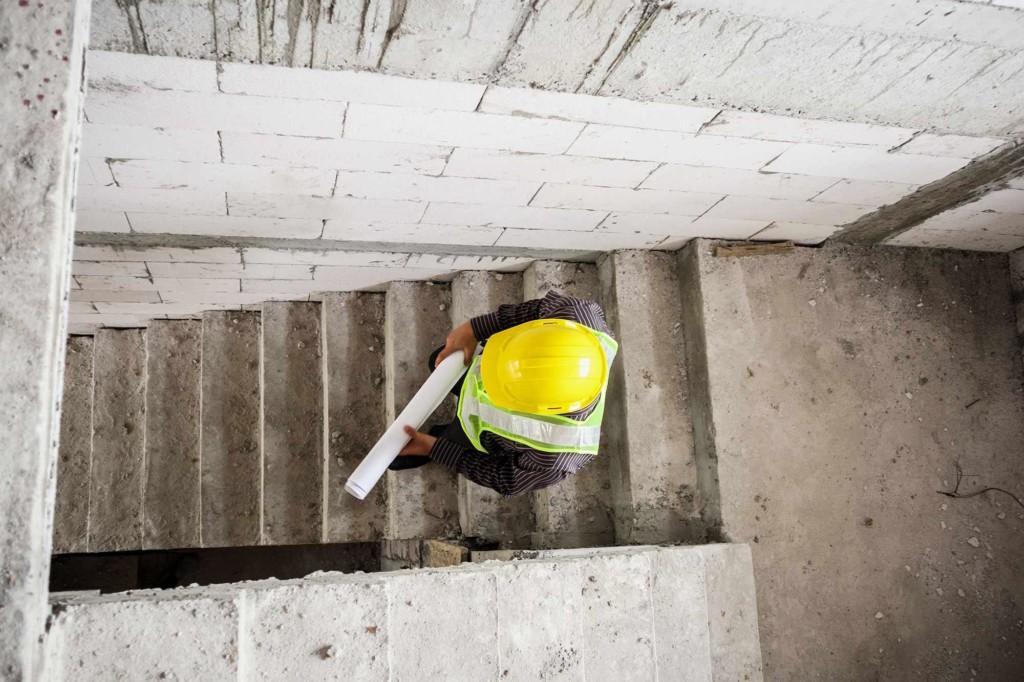Functional ventilation is a prerequisite for healthy indoor air
Poor indoor air quality is one of the most prevalent environmental and health problems in Finland. According to an estimate by the Ministry of Social Affairs and Health, up to 600,000–800,000 people living in Finland are exposed to poor indoor air every day. Continuous exposure to poor indoor air causes health problems, and poor indoor air quality also reduces the value of the property.
Indoor air problems should be addressed without delay, because mould and humidity damage will only spread further over time.
A solution to indoor air problems
Ventilation and the fact that ventilation systems are switched off during holidays, particularly in schools, has often been discussed in the media, and for good reason, because incorrect use of the ventilation system is often the underlying cause of indoor air problems.
The ventilation system has an important role in the quality of indoor air, as it removes impurities from the building and supplies fresh air for the occupants to breathe. The operation of a ventilation system is based on differential pressure that is achieved mechanically with a fan or naturally with the combined impact of wind and temperature differences. Mechanical supply and exhaust ventilation is the preferred choice for schools, apartment buildings and office buildings, because it makes managing the ventilation system much easier.
A mechanical ventilation system can also be problematic, because it is easy to use it in the wrong way. If used improperly, the ventilation system is not balanced and air does not flow in the intended manner inside the building. If the differential pressure in relation to the outdoor air is overly negative, the system will draw dirty make-up air from the property’s structures and supply it to the premises. On the other hand, if the differential pressure is overly positive, the air flows will cause humidity to gather in the structures, which can easily lead to microbial damage. The normal negative pressure in a property is usually a couple of Pascal (Pa). If the negative pressure exceeds 15 Pa, the property’s differential pressures should be investigated and the ventilation system should be readjusted.
Another problem is that the air flows may be too low when compared to the number of people using the premises, which means that air will “run out”. Differences in pressure between different rooms must also be taken into account. For example, schools often include premises that are temporarily vacant and premises where the number of users has clearly increased. The ventilation systems of such premises should always be readjusted to prevent problems. In addition to excessively low air flows, rock wool fibres from the ventilation ducts of old buildings can also cause problems. Rock wool insulation does not last forever. Instead, it will become brittle over time. This causes fibres to get loose and end up in the indoor air, which can cause symptoms.
Measuring differential pressure
Sensing differential pressure is very difficult, which is why it should be regularly measured. An excellent way of monitoring a property’s differential pressure is to install differential pressure sensors. The sensors allow for real-time monitoring of the differential pressure at any time during any season, which means that you can very quickly react to any problems caused by the differential pressure.
Such sensors are included in Raksystems’ Sisäilmatutka (Indoor Air Radar) service. The sensors we use have been developed in cooperation with Integral Oy. Sisäilmatutka is based on a 868 MHz Sigfox radio network that utilises modern technology. Signals sent via the network are energy efficient, which means that the battery-operated sensors will last for years. The system is also easy to use: it does not require any WLAN connection or SIM card.
The sensors have assisted many schools and office buildings in investigating their indoor air problems. I can warmly recommend the service to solve such problems.
Additional information:
Aki Puhka
Senior Expert, Indoor Air Centre, rakennusterveysasiantuntija (Building Health Expert, RTA), sisäilma-asiantuntija (Indoor Air Expert, SISA, Eurofins)
Tel. +358 30 570 5571
Our email addresses are in the format firstname.lastname@raksystems.fi.



